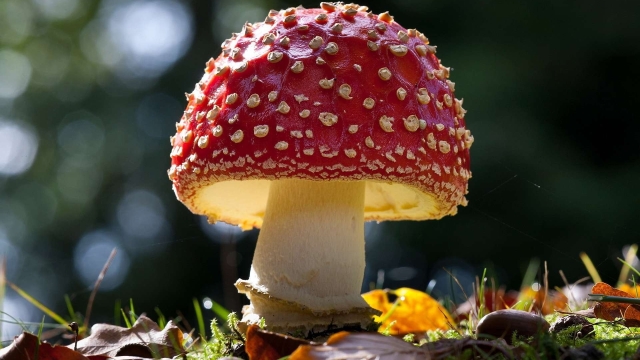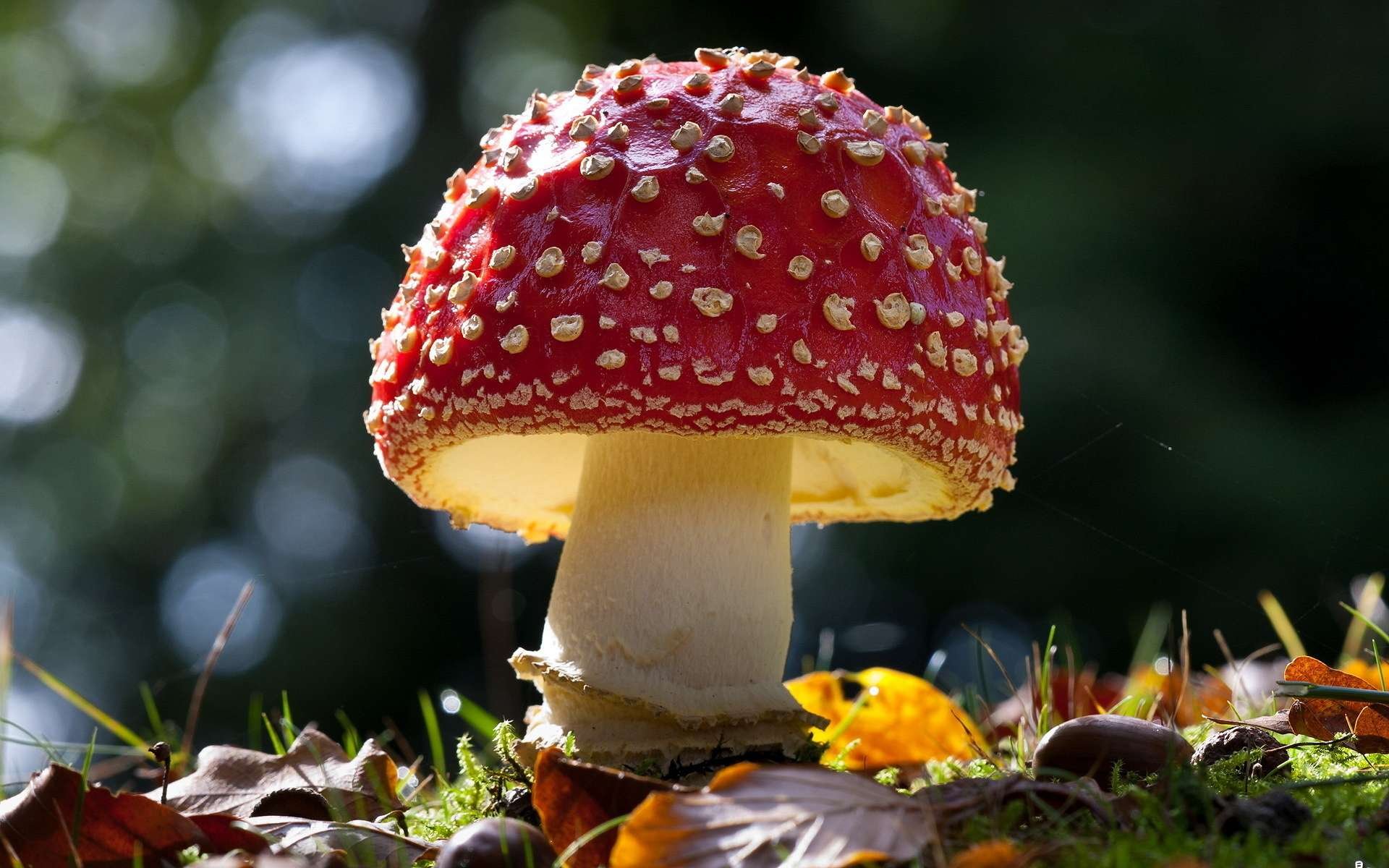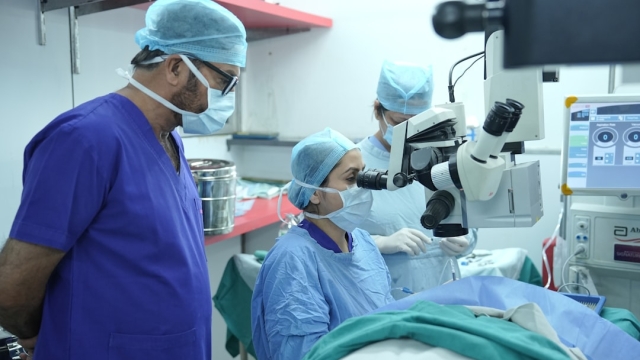
Mushroom Magic: Unveiling the Secrets of Successful Growth

Have you ever wondered how those tasty mushrooms magically appear in your meals? They seem to pop up out of nowhere, effortlessly adding a burst of flavor and texture to your dishes. But there’s more to it than meets the eye. The art of mushroom growing, shrouded in mystery for many, is actually a fascinating process that requires careful cultivation and an understanding of nature’s secret ways.
Mushroom growing, also known as fungiculture, is a practice that dates back centuries. Humans have been harnessing the power of these remarkable fungi for various purposes, from culinary delights to medicinal remedies. But what exactly goes on behind the scenes to ensure successful mushroom growth? How do these fascinating organisms come to life, seemingly from nothing?
To truly unveil the secrets of successful mushroom growth, one must first understand the unique lifecycle of these fungi. Unlike plants, mushrooms do not grow from seeds or require sunlight for photosynthesis. Instead, they thrive by breaking down organic matter and absorbing nutrients from their surroundings. This intriguing process allows mushrooms to emerge and flourish in a wide range of environments, making them resilient and adaptable.
To harness the power of mushroom growth, cultivators create ideal conditions for the fungi to thrive. It all begins with the selection of the right mushroom species and the cultivation medium. Different mushrooms have specific preferences when it comes to temperature, humidity, and substrate, so these factors must be carefully balanced. Cultivators may opt for growing mushrooms on a substrate such as straw, wood chips, or even coffee grounds, depending on the desired species.
Once the cultivation medium is prepared, it’s time to introduce the mushrooms’ mycelium—the thread-like network that serves as their root system. By inoculating the substrate with mycelium, cultivators ensure the growth of healthy and robust mushrooms. Temperature and humidity are carefully monitored throughout the growth process, mimicking the ideal conditions for the specific mushroom species.
As the mycelium consumes the nutrients in the substrate, it eventually begins to form the intricate structures we recognize as mushrooms. These fruiting bodies emerge from the substrate, ready to be harvested and savored. The timing of the harvest is crucial, as it determines the flavor, texture, and overall quality of the mushrooms.
In the world of mushroom growing, patience and attention to detail are key. From selecting the right species to creating the perfect environment, successful cultivation requires careful observation, experimentation, and a deep appreciation for nature’s inherent magic. So, the next time you enjoy a delectable mushroom-based dish, take a moment to acknowledge the unseen efforts that went into bringing these fungi to your plate—and perhaps even consider embarking on your own mushroom growing adventure.
Choosing the Right Mushroom Variety
When it comes to mushroom growing, selecting the right variety is crucial for successful cultivation. Each mushroom species has its own unique requirements and characteristics, so choosing the one that fits your specific needs is key.
Firstly, consider the growing conditions available to you. Some mushrooms thrive in cooler temperatures, while others prefer warmer environments. Factors such as humidity, light, and ventilation are also critical to take into account. Understanding the specific requirements of each mushroom variety will help you make an informed choice.
Secondly, think about your intended use for the mushrooms. Are you looking for a variety that is commonly used in culinary dishes? Or perhaps you aim to grow mushrooms for medicinal purposes? Different varieties offer distinct flavors, textures, and medicinal properties. Researching the various options will help you select the best fit for your goals.
Lastly, assess your level of experience in mushroom cultivation. Some varieties are more beginner-friendly, requiring less maintenance and technical know-how. Others may be more challenging and demand specific skills or equipment. Starting with a variety that aligns with your level of expertise will increase your chances of success.
Remember, the right mushroom variety is the foundation of a successful growing journey. By considering the growing conditions, intended use, and your level of experience, you can make an informed decision and unlock the magic of mushroom cultivation.
Creating an Ideal Growing Environment
In order to achieve successful mushroom growing, it is crucial to provide an ideal environment for their growth. The right conditions will ensure that your mushrooms thrive and develop to their full potential. Here are three key factors to consider when creating the perfect growing environment for your mushrooms:
Temperature: Maintaining the correct temperature is essential for mushroom growth. Different types of mushrooms have different temperature requirements, so it’s important to research the specific varieties you plan to grow. Generally, a temperature range of 55-65°F (12-18°C) is suitable for many common mushrooms. Consistency is key, as fluctuations in temperature can negatively impact growth.
https://mushroomsupplies.com/collections/grow-kit-in-a-bag/products/mushroom-grow-kit-in-a-bagHumidity: Mushrooms need a humid environment to flourish. The ideal humidity level for growing mushrooms is typically around 85-95%. To maintain this level, you can mist the growing area regularly or use a humidifier. It’s important to prevent excessive moisture, as it can lead to fungal diseases and mold growth. Proper ventilation is also crucial to prevent stagnant air and maintain the desired humidity.
Lighting: While some mushroom species require minimal light, others benefit from indirect light exposure. It is essential to understand the light requirements of the specific mushrooms you are cultivating. If needed, provide a minimal amount of light to stimulate the growth process. Avoid direct sunlight, as it can cause overheating and create adverse conditions for mushroom development.
By paying close attention to these factors and creating an environment that meets the needs of your chosen mushroom species, you will greatly increase your chances of successful mushroom growing. Remember to regularly monitor and adjust the temperature, humidity, and lighting as necessary to ensure optimal conditions for your mushroom’s growth.
Techniques for Successful Mushroom Cultivation
When it comes to mushroom cultivation, there are several techniques that can help ensure a successful harvest. These methods have been developed and refined over time, allowing mushroom growers to optimize their production and achieve consistent results.
One technique widely used in mushroom growing is known as sterile or clean culture. This method involves creating a controlled environment that is free from contaminants, such as bacteria or other fungi, which can hinder mushroom growth. By utilizing sterile tools, equipment, and substrates, growers can prevent unwanted organisms from interfering with the mushroom colonies.
Another important technique is proper substrate preparation. The substrate, which serves as the food source for the mushrooms, needs to be properly prepared to provide optimal conditions for growth. This often involves a combination of organic materials, such as straw or sawdust, along with supplements like gypsum or wheat bran. Ensuring the substrate is well-mixed, moistened, and sterilized can greatly enhance the chances of successful mushroom cultivation.
Lastly, maintaining appropriate environmental conditions is crucial for mushroom growth. Temperature, humidity, and light levels play a significant role in the development of mushrooms. Different species have different requirements, so it is important for growers to research and understand the specific needs of the mushrooms they are cultivating. By providing the right conditions, growers can create an environment that promotes healthy mycelium growth and ultimately leads to robust mushroom fruiting.
By employing these techniques, mushroom growers can increase their chances of successful cultivation. By ensuring a sterile environment, properly preparing the substrate, and maintaining optimal environmental conditions, growers can unlock the secrets of mushroom magic and enjoy a bountiful harvest.



